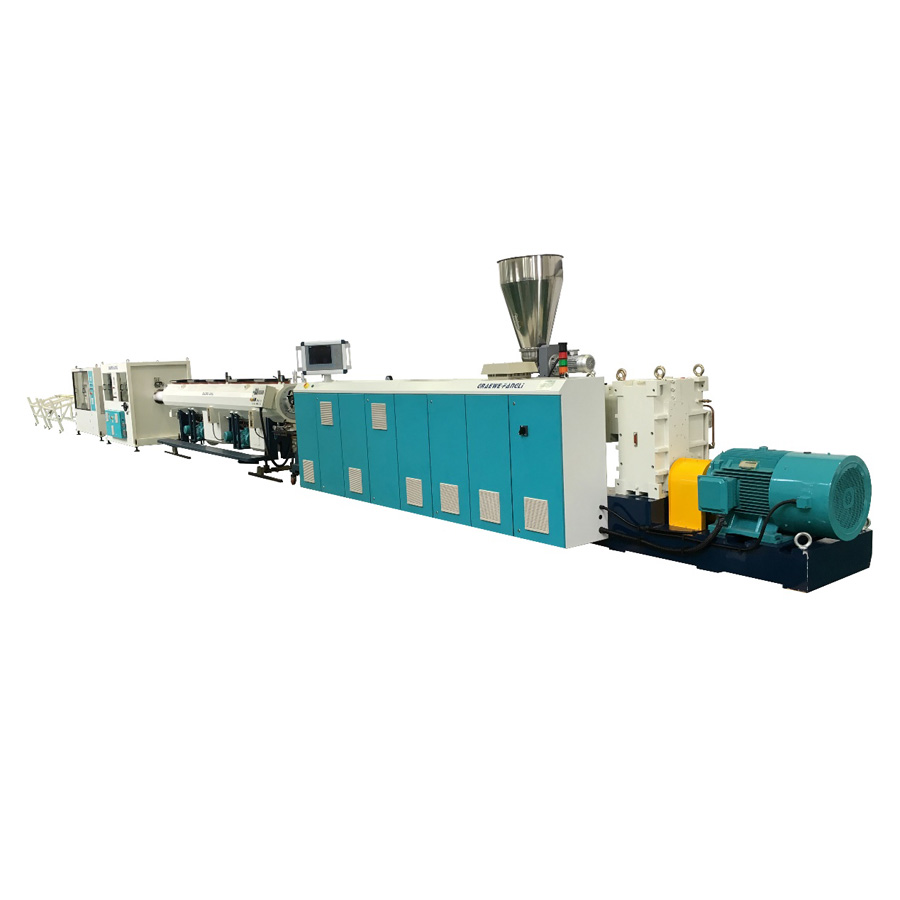- English
- Español
- Português
- русский
- Français
- 日本語
- Deutsch
- tiếng Việt
- Italiano
- Nederlands
- ภาษาไทย
- Polski
- 한국어
- Svenska
- magyar
- Malay
- বাংলা ভাষার
- Dansk
- Suomi
- हिन्दी
- Pilipino
- Türkçe
- Gaeilge
- العربية
- Indonesia
- Norsk
- تمل
- český
- ελληνικά
- український
- Javanese
- فارسی
- தமிழ்
- తెలుగు
- नेपाली
- Burmese
- български
- ລາວ
- Latine
- Қазақша
- Euskal
- Azərbaycan
- Slovenský jazyk
- Македонски
- Lietuvos
- Eesti Keel
- Română
- Slovenski
- मराठी
- Srpski језик
why client need Spiral Die-head UL
2025-02-21
Clients may require a Spiral Die-head UL for several key reasons, particularly in extrusion manufacturing processes for pipes, films, or other polymer-based products. Here’s why:
1. Uniform Material Distribution
The spiral design ensures that molten polymer is evenly distributed across the die, reducing weak points, inconsistencies, and defects in the final product.
2. Improved Product Quality
Eliminates Weld Lines: Unlike traditional die heads, spiral dies help prevent weld or knit lines, which can weaken the material.
Consistent Thickness: Essential for applications requiring uniform wall thickness, such as pressure pipes and high-performance films.
3. Higher Production Efficiency
Faster Extrusion Speeds: Advanced spiral die heads, such as those with UL certification, often allow for higher throughput rates.
Reduced Downtime: The design minimizes material buildup and clogging, leading to less maintenance and cleaning interruptions.
4. Compliance with Industry Standards (UL Certification)
If a client requires UL (Underwriters Laboratories) certification, it means:
The die head and the resulting products meet stringent safety and quality standards for use in critical industries.
UL-listed pipes and films are often required for electrical, construction, and plumbing applications, ensuring fire resistance, durability, and pressure tolerance.
5. Compatibility with Advanced Polymers
Spiral die heads can process a variety of polyolefins (PE, PP) and engineered plastics, making them ideal for modern material requirements.
6. Cost Savings in the Long Run
Less Material Waste: Due to better flow distribution, reducing scrap rates.
Lower Energy Consumption: Some designs require less pressure, lowering operational costs.
Who Needs a Spiral Die-head UL?
Manufacturers of UL-certified pipes and films (e.g., electrical conduit, pressure-rated tubing)
Companies looking for superior extrusion quality and efficiency
Businesses needing regulatory compliance for safety-critical applications




